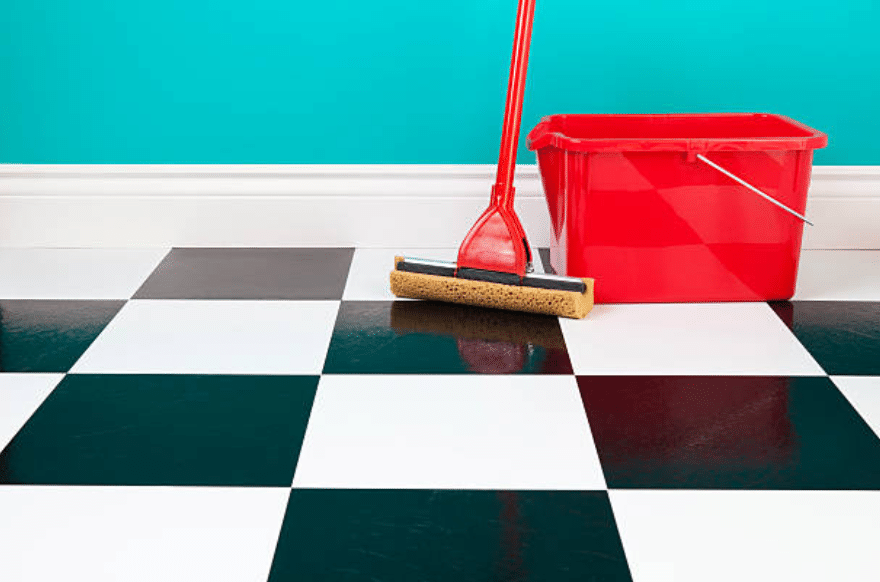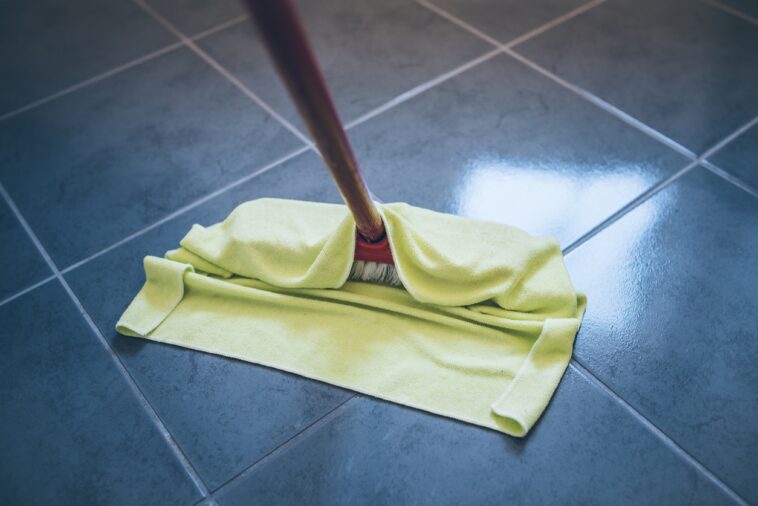Using too many cleaning products, choosing the wrong household products, etc. When cleaning, we may have to make many household mistakes. This can then make our chores even more tedious and time-consuming. The result may also not live up to our expectations. This particularly concerns floor cleaning, which in itself constitutes one of the most dreaded tasks. Indeed, after sweeping or vacuuming comes the dreaded moment of mopping, all accompanied by fatigue and back pain that is not always very pleasant. And if you have had the misfortune of using hot water to wash the floors, you will also notice that it is covered in marks… That’s the problem! Find out why using hot water is the worst idea for making your tiles or linoleum shine.
Why Using Hot Water Is the Worst Floor Cleaning Mistake
For effective cleaning, we generally use hot water which dissolves grease and removes most stains more effectively. Also, we tend to apply this same logic to washing the floor. However, in reality, when using hot water, we tend to notice that the floor sticks and shows marks. This is because hot water evaporates and leaves behind residue from household products.
So, how do you do floor washing well in the end?
Above all, remember two essential rules. Already, never use hot water. Lukewarm water will be enough. As for cold water, it dries more quickly and evenly without leaving the slightest trace. It is therefore ideal! Furthermore, remember that you should never use more product than necessary. Respect the dosages makes it easier to rinse the washing agent and limits the risk of traces while saving money. Using too much does not necessarily make cleaning faster or more efficient and we waste a lot of it.

For a sparkling floor, do not hesitate to sweep or vacuum daily in the most frequented rooms such as the living room or the kitchen. As for mopping, one pass per week is more than enough, always after brooming or vacuuming to remove crumbs, dust and other dirt. You can also provide two buckets for greater practicality and speed execution: one with water and product (e.g. black soap, white vinegar or baking soda depending on the type of floor) and the other with clear water for rinsing which you will replace when it gets too dirty. Remember to keep the mop well wrung out: it must be damp, not soaked! And for the joints, don’t hesitate to bring a sponge or an old toothbrush.
If with all these tips, your floor is not impeccable, we no longer understand anything 😉


